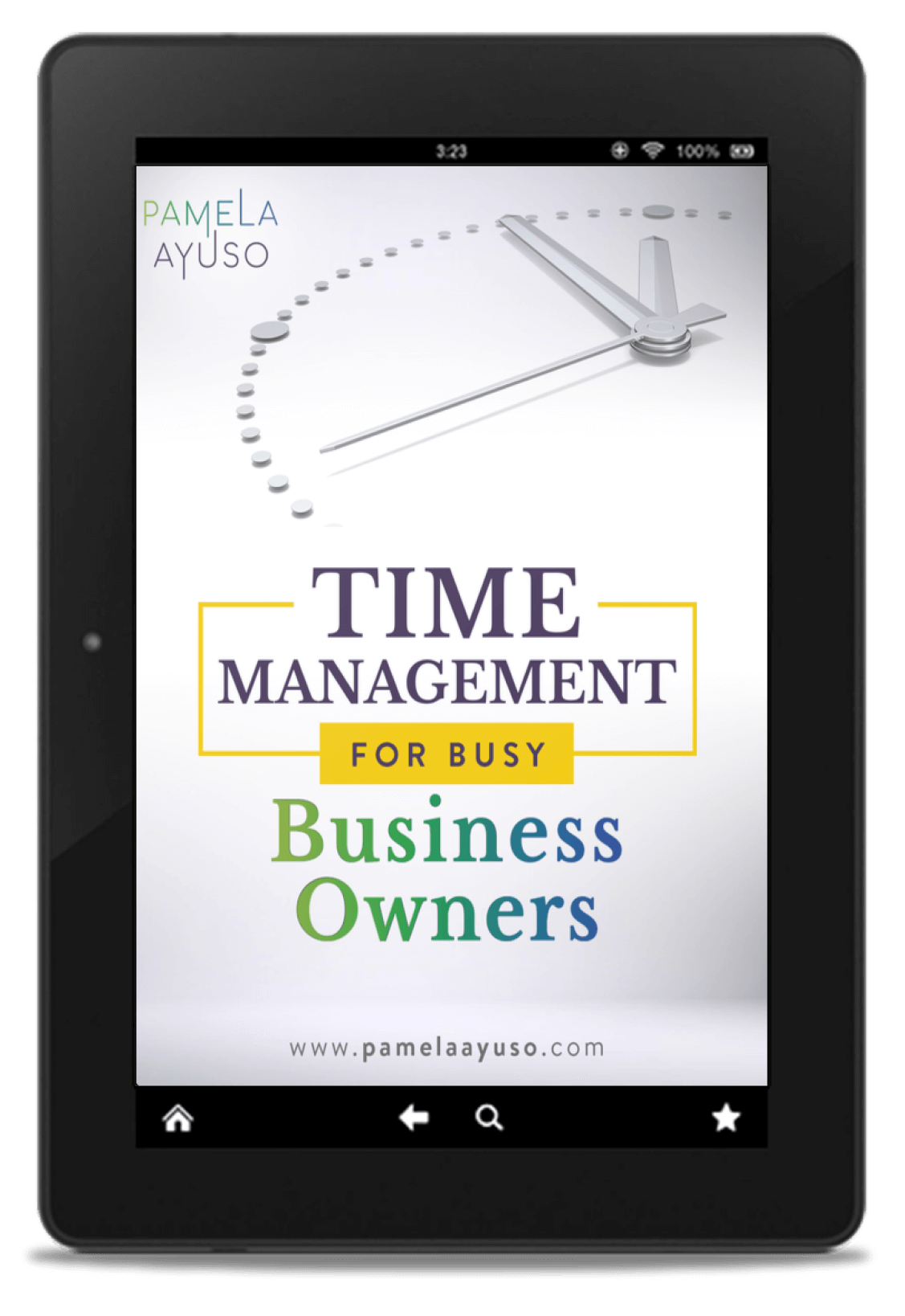The Eisenhower concept for decision-making was bequeathed to us by Dwight Eisenhower, former United States president and World War II general. Stephen Covey later popularized a matrix that used his criteria, called the Eisenhower Matrix. It is especially useful when sorting out our to-do lists.
When we are overwhelmed by everything we must do, we often feel the need to take a step back to assess where we are and define what truly matters. Other times we may feel like we are working endlessly but are not getting far. This can happen because we reach for the low-hanging fruit, the easy-to-accomplish tasks that are neither important nor urgent, instead of focusing on what will truly make a difference to you and your company.
Try the Eisenhower Matrix to organize out your to-do list, and you will start working on your priorities. You will feel like you are gaining ground on what is most important for you.
![[Photo: Stil/Unsplash]](https://www.pamelaayuso.com/wp-content/uploads/2021/01/stil-2BCPu8XWRn4-unsplash.jpg)
[Photo: Stil/Unsplash]
Write Down All Your Tasks
The Eisenhower Matrix is here to help. It will support you in triaging (if the need is imperative) or sorting out (if you are not as pressed) all your tasks into clear categories so that you can manage them appropriately. You will be able to separate them by importance and urgency to best approach each one.
To start using this strategy, write down all your tasks. Doing this might feel overwhelming, but I recommend writing them anyway. If you are still having trouble, you can write the most demanding ones, and once you have worked with those, continue to complete your list.
Create a Matrix
Once you have your list, it is time to separate the tasks into categories. Draw out a matrix like the one identified by Ellen Auster and Shannon Auster-Weiss in their article Conquer Your To-Do List with This Simple Hack.
On the y-axis (vertical), you will place importance, and, on the x-axis (horizontal), you will place urgency. Define what urgency means to you – this will most likely fall within a given timeframe, like today, in a week, or a month, but it can also be based on the consequences of not acting on time. Likewise, you will have to define what turns out to be more critical and what is not. That will depend on your priorities and what you value.
Classify Them
With your matrix and clear definitions, you can start to place them in the four different categories. In the top right square, you will identify the most urgent tasks and those most vital. These are your priorities, and these are the tasks on which you should act now, as they are the most critical and the most pressing.
On the top left square, place those tasks that are especially important but not urgent. These are also tasks that you will be better off not ignoring. The key to tackling these is to set aside blocks of time until you complete them. If you do not work on them consistently, there will probably come a time when they move into the important and urgent category.
On the bottom right-hand corner, you will place the tasks that are most urgent but less important. According to the authors of the article, these are great places to train others and work together as a team. For instance, you can delegate these tasks so that others can learn from you how to work on them. You can also share the work by giving others on your team parts and leaving the rest for yourself.
Finally, on the bottom left-hand box, you will have the least important and less urgent tasks. These are tasks that may no longer be relevant for you. I often come across these types of items – sometimes, I have set a job for myself a year or six months in advance, but I find that it is no longer something I want or need to do when I get to it. Other times, I have already done it, so I check it off.
![[Photo: Stil/Unsplash]](https://www.pamelaayuso.com/wp-content/uploads/2021/01/stil-RqmANqc9SK8-unsplash28129.jpg)
[Photo: Stil/Unsplash]
You can move other tasks to a different date because they are not as important or urgent. And if they are easy enough, you can quickly finish them and get them off your to-do list.
As you work with the Eisenhower Matrix, you will find that you start to triage your tasks automatically and more quickly determine what you should be working on, what you can delegate, and what you can remove. Your to-do list will become a more effective tool for you, making the time you spend working more productive.
Auster, Ellen, and Auster-Weiss Shannon. Conquer Your To-Do List with This Simple Hack. Harvard Business Review. August 06, 2020.

![[Source: Conquer Your To-Do List with This Simple Hack. Harvard Business Review ]](https://www.pamelaayuso.com/wp-content/uploads/2021/01/PrioritizingWhenYouE28099veGotTooManyTo-Dos.png)


